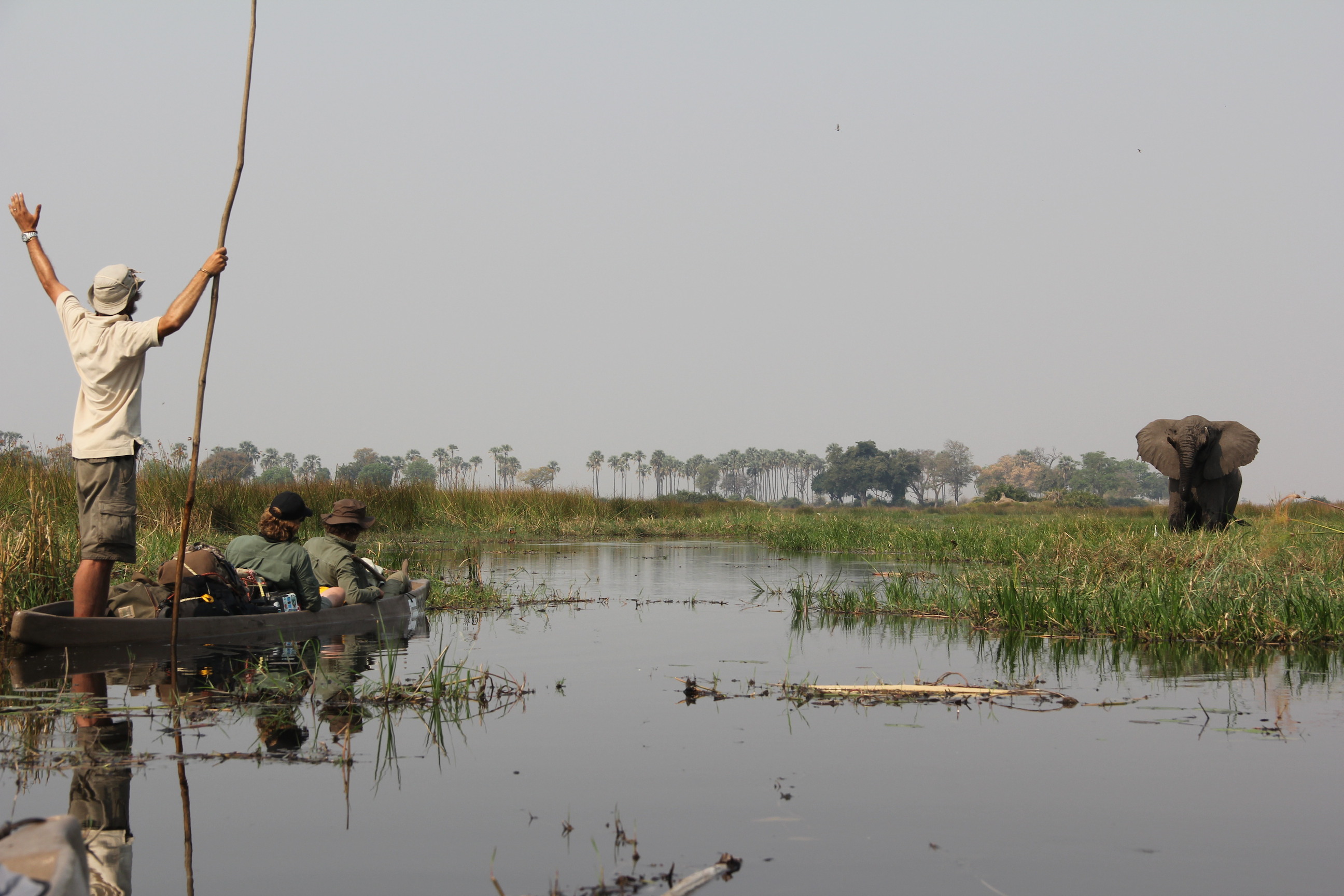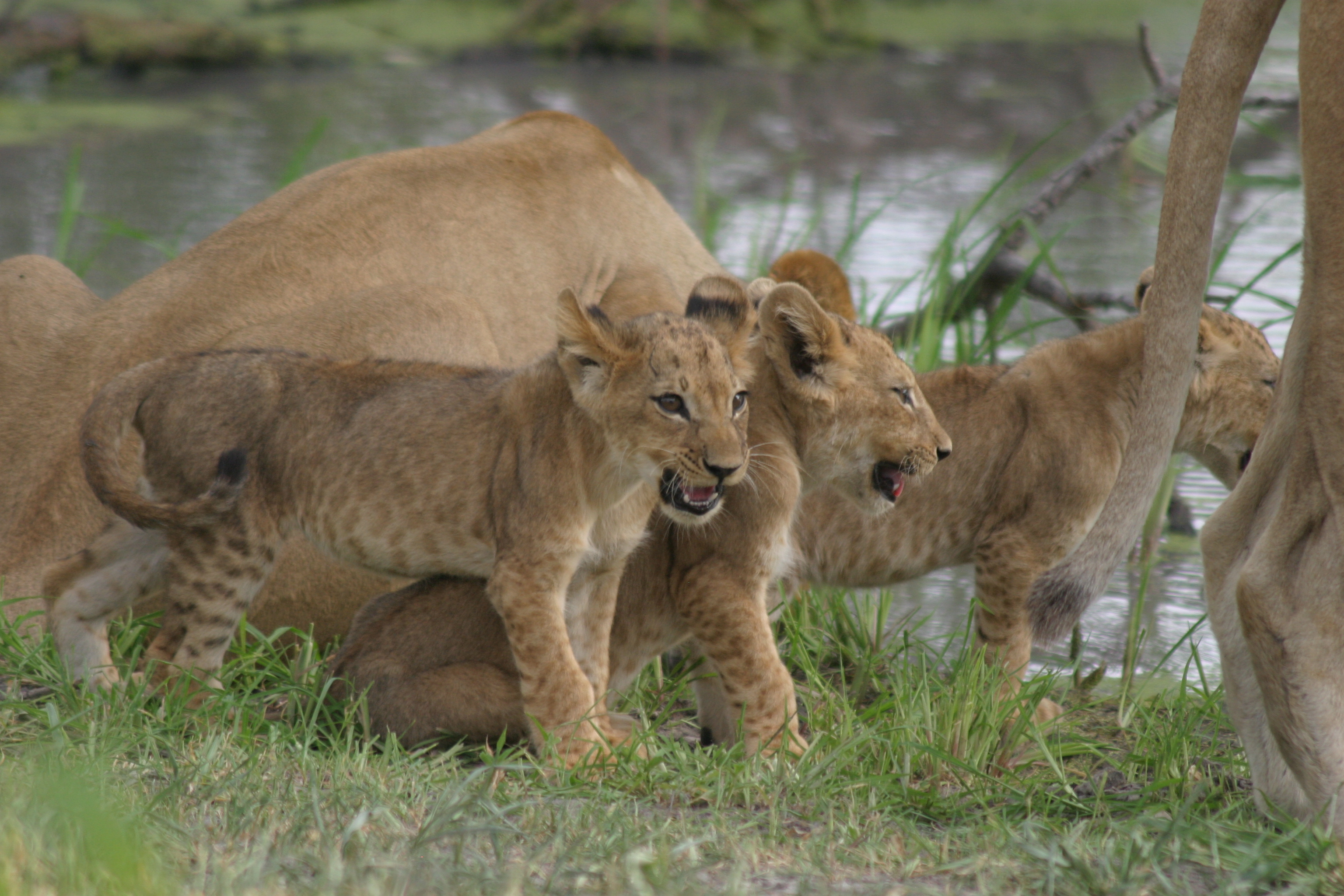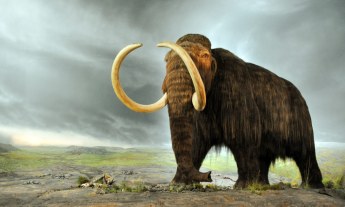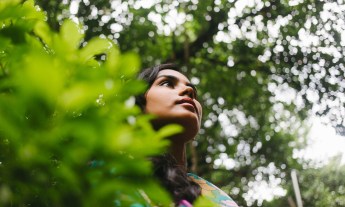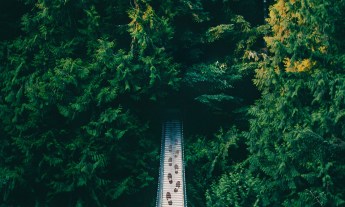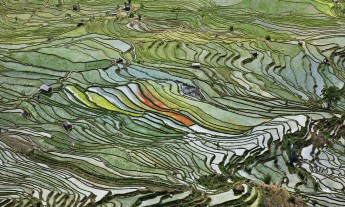
On Sunday, June 22, 2014 the Okavango Delta in Botswana, home to the world’s largest remaining elephant population, was named the 1,000th UNESCO World Heritage Site. Why should we care? Well, says TED Fellow and National Geographic Emerging Explorer Steve Boyes, because wilderness matters. “Wilderness cannot be restored or re-created, only destroyed,” the South African is fond of saying. He’s crossed the delta by boat four times (it’s the size of Texas) and lived in the region for five years while he studied for his PhD in ornithology. That’s why he spent the last eight years campaigning for the Botswanian government to apply for the delta to be added to the World Heritage list. Now his dream has come true, and Boyes couldn’t be happier. “It’s the world saying, ‘We care about these wild last places that connect us to our past.’”
Even though the World Heritage designation is more symbolic than anything else, there’s another reason for celebrating the region’s newfound protection: It provides a unique support system for one of the continent’s biggest draws, its wildlife. The region, which is about the same size as Texas, is right in the middle of the Kalahari Desert, and it doesn’t drain into the sea. That means that its freshwater is crucial to the survival of the continent’s largest elephant, lion, buffalo, wild dog and cheetah populations. With these protected, the area will continue to flood on nature’s schedule — and proposed corporate interventions will have no chance to impact the environment.
“We’ve seen plans for 16 dams, hydroelectric developments, agriculture — whether it’s irrigation or actually planting things like grass in the floodplains — up in the catchment,” says Boyes, now scientific director of the Wild Bird Trust. “All of these dynamics would disturb the flood regime in the delta, or end the floods.” But thanks to Boyes and his work, for the time being, the region’s waters and wildlife will stay put.
